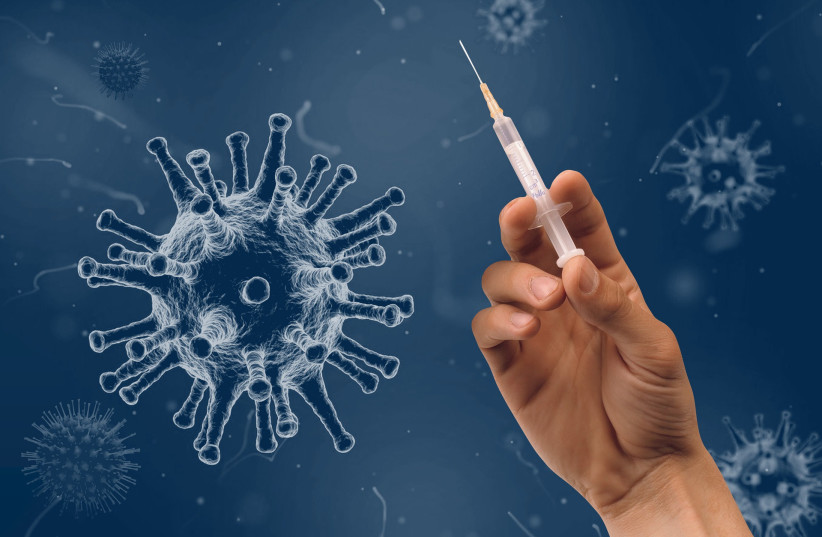Since the early days of the COVID-19 pandemic, the public has been inundated with precautions that could help to avoid catching the virus. Newly released research from US Department of Energy’s (DOE) Brookhaven National Laboratory says that three measures can cut down transmission of airborne pathogens like SARS-CoV-2, the virus that causes COVID-19, by more than 98 percent in more than 95 percent of scenarios examined.
The findings, published in the journal Indoor Air, that a combination of distancing of six feet, universal mask-wearing, and increased room ventilation are key.
“Wide adoption of layered controls dramatically reduces exposure to existing airborne viruses, such as SARS-CoV-2, and will be critical to control outbreaks of novel airborne viruses in the future,” said Laura Fierce, an atmospheric scientist formerly with Brookhaven Lab, now at DOE’s Pacific Northwest National Laboratory. “These nonpharmaceutical interventions can be applied in combination with vaccinations.”

The study focuses on how face masks and ventilation work alone and in combination with distancing to reduce the likelihood of someone inhaling virus-laden aerosol particles in particular scenarios—specifically, where an infectious person is speaking continuously in an indoor space for three-hours—while also accounting for uncertainty in factors governing airborne transmission. It noted that combining controls is most effective, but ventilation on its own will not do much if people are close to each other and unmasked.
